Unknown Nara: Discover the prefecture of Nara, Japan

You might already know about the popular Nara Park with the wild roaming deer and endless temples and shrines you can visit.
But did you know that Nara is much bigger than just the park? The whole prefecture with lots to offer to visitors.
I like to call this blog the unknown guide to discovering Nara Prefecture. I hope that this will inspire you to stay overnight in Nara and explore the different parts of the prefecture.
Getting to Nara Prefecture
Nara is perfectly located between Kyoto and Osaka city, and transportation is easy from both destinations using the train network.
This means you can take the Shinkansen from Tokyo using a Japan Rail Pass and then take a regional train to Nara.
You can also fly to either Kansai or Osaka airport and then take the regional train to Nara.
Getting to Nara is rather straightforward and easy to do if you want to add a few extra days to your trip to Japan.
Go back in time and discover the area of Kashihara
The best way to get to Kashihara area is to grab a train from Osaka to Yamato Yagi station on the Kintetsu railway line.
Journey time is a little under an hour, and from here you can start your journey around Nara Prefecture.
My recommendation for visitors is to rent a bicycle from the station for the day.
This will cost you around 800-1,000 Yen and you must return the bike around 18:00. This gives you the whole day to explore the area.
Start by cycling to the Fujiwara Palace Ruins for the autumn cosmos flower fields. This fun cycling route offers a wonderful scenic landscape to experience once you arrive at the surrounding farmers’ fields where there is a large selection of seasonal flowers. at Fujiwara palace ruins, you can enjoy flowers almost all year round. Sakura in spring, lotus flower in June and cosmos in autumn making this a great location to visit any time of the year.
From here cycle onwards to the popular Kashihara-Jingu Shrine which is one of the biggest Shinto shrines in the area and a peaceful location to visit.
Kashihara Jingu is an important landmark because it has been said Kashihara Jingu is the birthplace of Japan (the place where Japan’s history or governmental system had been created) according to the oldest Japanese literature.
Nara Prefecture is full of wonderful Shinto shrines and Buddhist temples to explore during your visit and this is one you should totally check out.
One last recommendation on your cycling adventure, around Kashihara area you will find the Edo period merchant town of Imai-Cho which is the country’s largest “Preservation District for Groups of Traditional Buildings.”
Back in 1993 renovation was put into place to ensure that a collection of around 300 structures was protected and preserved to uphold and keep the condition of the district intact.
In the olden days, Imai-Cho was a popular stopping point due to its location between Nara and the port town on Osaka and the capital Kyoto.
Spend some time strolling along the streets and back alleys whilst soaking in the old historical charm.
Here you will find old street signage, residential area (people still live here today), charming old-fashioned sake stores and aged tea houses and bathhouses.
Once you’ve done exploring, be sure to stop off for a coffee at the charming Cafe Hackberry which is located perfectly on the outskirts of Imai-Cho.
For accommodation options in Kashihara, you have to stay at the newly opened Candeo Hotels Nara Kashihara which is located conveniently next to Yamato-Yagi Station.
The building itself is one of the highest in the area offering incredible views of the surrounding region of Nara.
One way to enjoy these sensational views is from the hotel rooftop onsen which is open for guests to enjoy in the morning and evening.
I found the rooms to offer a perfect blend of both modern and traditional Japanese design and delightful to stay in.
The breakfast buffet also offers a great selection of items with a view to enjoy over the city.
Go hiking around Dorogawa Onsen
One great way to enjoy Nara prefecture is to get out into the wilderness and enjoy some hiking.
Dorogawa Onsen is a great spot to find a selection of hiking trails to choose from.
Take the super express train to Shimoichi-guchi Station, and then here you will find a local bus that will take you up the mountains to Dorogawa Onsen.
The local shuttle bus to Dorogawa Onsen runs around every hour or two depending on the day of the week as the service is more frequent on weekends.
Also, the schedule changes seasonally, something to be aware of before you start your journey.
Please check the schedule before departing on your trip to avoid waiting for the bus too long.
You could even ask the train station if they have the schedule so you can book your train ticket to connect with the bus.
Once you’ve arrived, take a leisurely walk to discover Dorogawa Onsen.
Hike up to the Karigane Bridge, which is a suspension bridge that will take you across the valleys and give you a good overview of the Dorogawa Onsen town below.
You will also pass the Menfudo Limestone Cave, the largest limestone cave in the Kansai region.
Also check out Toro no iwaya, the scenic point where the pilgrim used to pray for their safety mountain training.
And of course, a trip to Dorogawa Onsen wouldn’t be complete without relaxing at a hot spring after your hike or before heading to your next destination.
You can find a public onsen but why not enjoy your own private one at a traditional Japanese ryokan? Dorogawa Onsen has many traditional guesthouses to choose from.
For accommodation options in Dorogawa Onsen, I’d recommend staying at Kinokuniya Jinpachi.
This traditional Japanese ryokan guest house experience offers a private room, onsen access, breakfast and dinner service all included in a one-night package price.
I found the service here to be both charming and the rooms to be a perfect introduction to Japanese culture.
All the food was sourced locally from the region and a great way to sample and try the local Nara cuisine.
Enjoy the craft scene of Nara city
Nara has always been a traditional city. Today, it combines the traditional surroundings with an emerging modern craft scene when it comes to coffee, beer and sake.
The history of refined sake was first started in Nara. Be sure to enjoy a glass or two at the sake bar casually at the birthplace of sake.
My recommendation would be in the morning to head to TABI Coffee Roaster for the best cup of coffee in town.
Tucked away amongst a food market you will find a passionate roaster who manually sorts out and selects his best coffee beans for the morning roast.
They have their own coffee bean roasting machine in this tight confined back alley and it’s the passion for good roasting that makes this small compact operation work so well.
Enjoy a cup or two of the good stuff to kick start your day.
Located in the town, Golden Rabbit Beer is a new beer brewery that offers an incredible selection of variety to choose from.
You should check out this location and enjoy a bottle or two. I’d recommend the Red Ale Beer.
Kuramoto Noshuku Nara is a standing bar concept located at the train station and offers a wide selection of local sake to choose from.
Here you can choose from the menu and do a yakiniku combo deal which includes a selection of grilled snacks that go wonderfully well with your sake of choice.
I’d choose one from the Toyosawa Sake Brewery called Hoshuku, which is brewed locally in Nara.
Most popular Mochi shop in Nara is called Nakatanido and you can’t miss it due to its location between Nara Park and the train station.
Watch how they make these tasty chewy sweet treats by hammering the mixture to perfection and be sure to buy some for your onward journey.
Also, head to one of the sake tasting rooms in Nara to enjoy one of the locally produced sake bottles.
I’d recommend also trying Kaze no Mori which is a popular sake from Nara and extremely delicious.
Normally you know you’re in a good sake tasting room when they pour your sake glass so full that it spills over the edge into your sake plate below.
This is to show that the sake should be enjoyed in a generous quantity and you should savour the moment and enjoy to your heart’s content.
Because of Nara’s long history of sake tasting, it can be a great place to try some high-quality variations in high quantity.
Make sure you’re in for a fun night in Nara.
For accommodation in Nara city, I would recommend staying at the Nara Visitor Center and Inn.
It’s located within walking distance of the park and offers affordable traditional rooms for visitors with views over the entrance of the park.
Hiking around the forests of Nara
Spend your last day in Nara going off the beaten path and exploring the lesser-known areas of Nara Park.
Take part in a guided hiking trip up to the top of Mount Kasuga, located in a primal forest. Then you can try some Japanese Shinrin-yoku which means “taking in the forest atmosphere” or “forest bathing” so you can relax and connect with the forest and nature around you.
You will follow a path along an old sacred hiking trail. In the Primeval Forest you can feel the history and culture around you and enjoy a rare opportunity to see a different side to Nara Park.
Thank you for reading my guide to unknown Nara
Thank you for passing by the blog and reading my guide to discovering the unknown parts of Nara Prefecture.
I hope you found this guide both useful and helpful and are looking forward to your next trip to Japan.
Wishing you a great future trip and many happy travels!




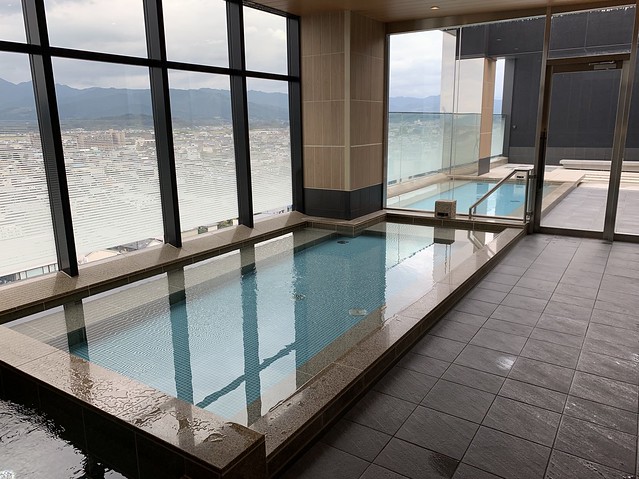


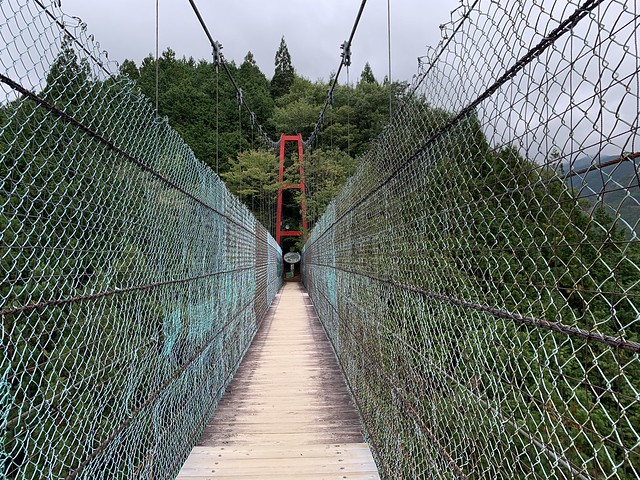
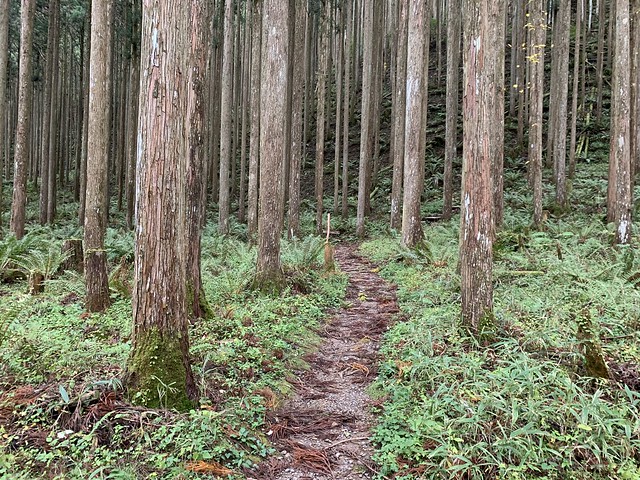
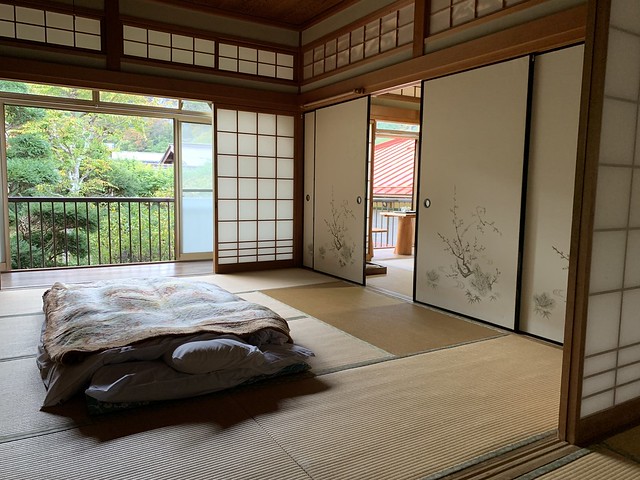
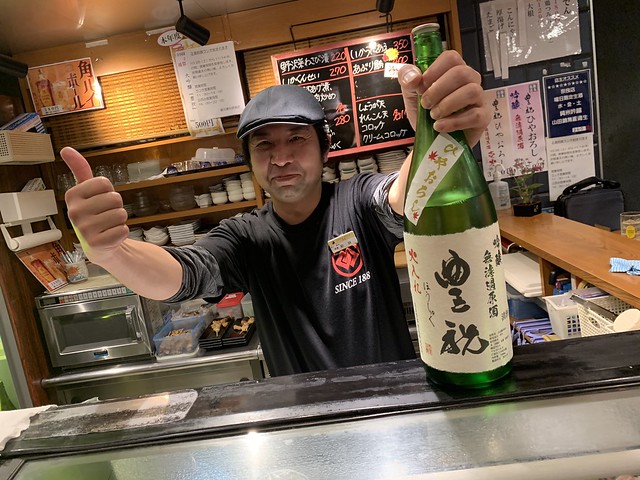

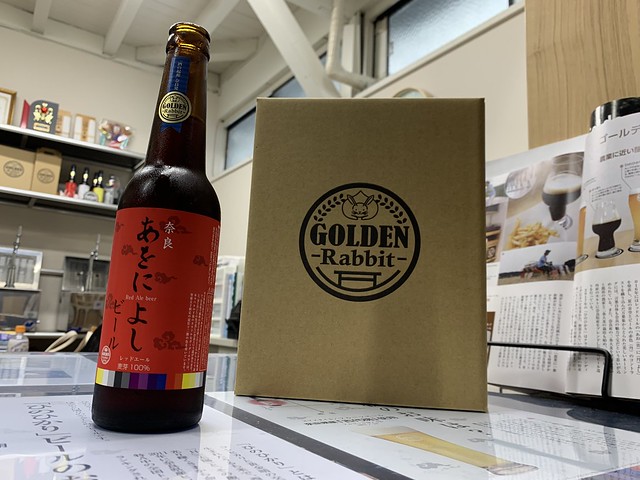


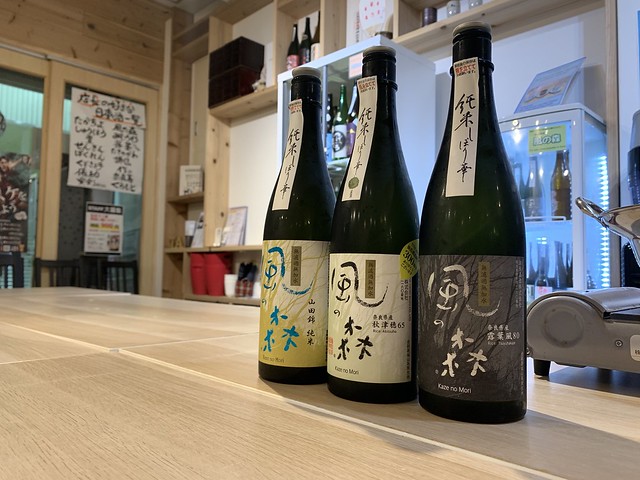


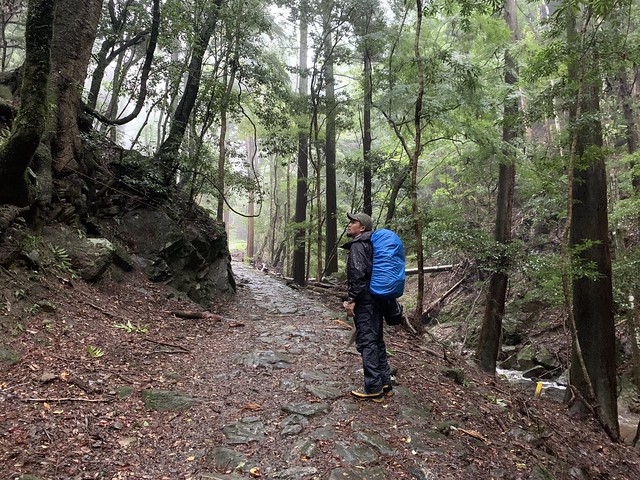





 Travelling the world, one adventure at a time. Follow Dave Brett, a solo adventure travel blogger on his travels around the world. A globe-trotting adventure travel blog featuring travel tips and advice, travel stories, travel videos and travel photography that will inspire your next trip abroad, and help you plan it too. To read more, please visit:
Travelling the world, one adventure at a time. Follow Dave Brett, a solo adventure travel blogger on his travels around the world. A globe-trotting adventure travel blog featuring travel tips and advice, travel stories, travel videos and travel photography that will inspire your next trip abroad, and help you plan it too. To read more, please visit: